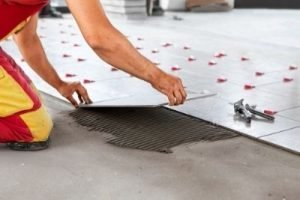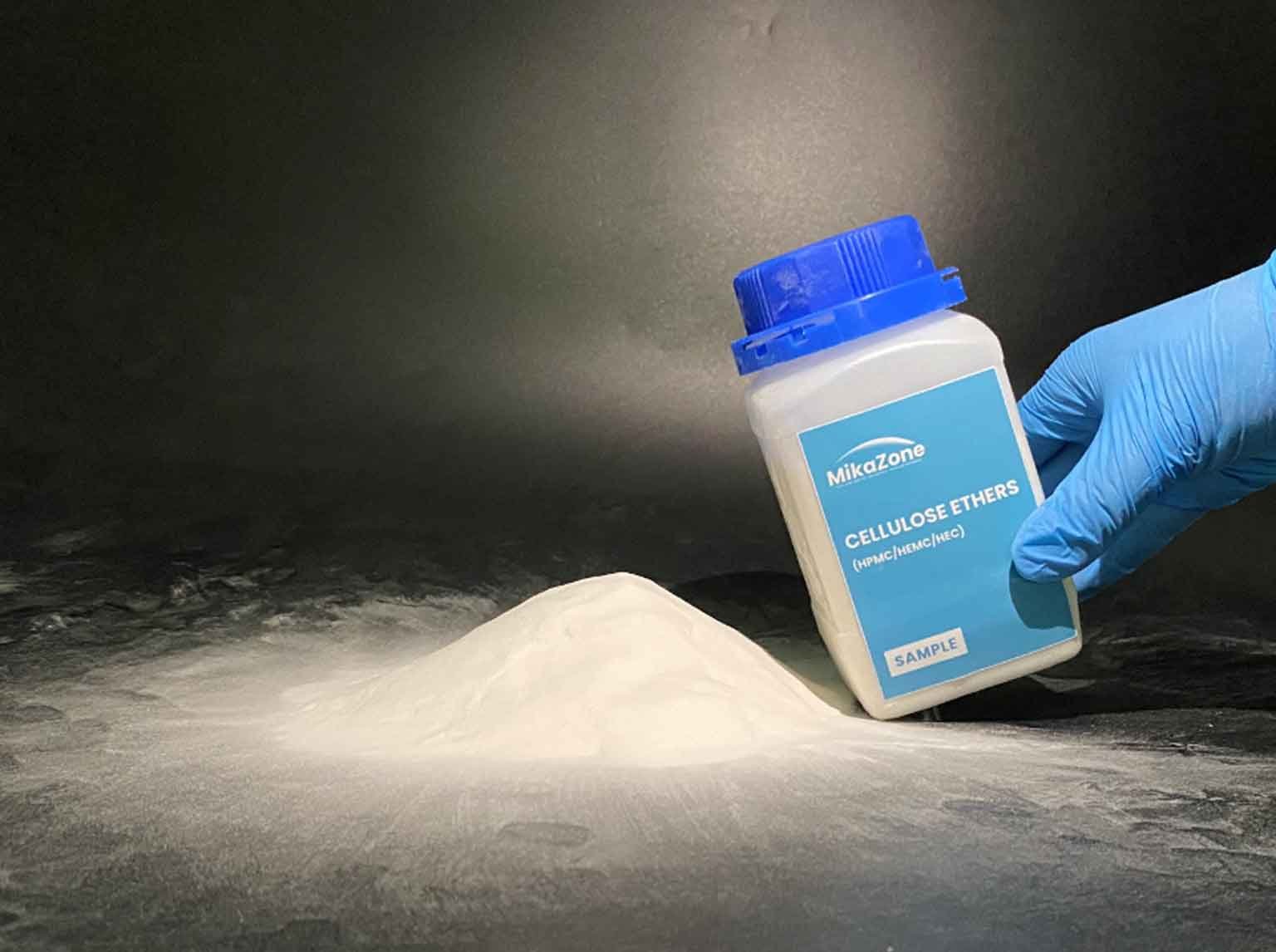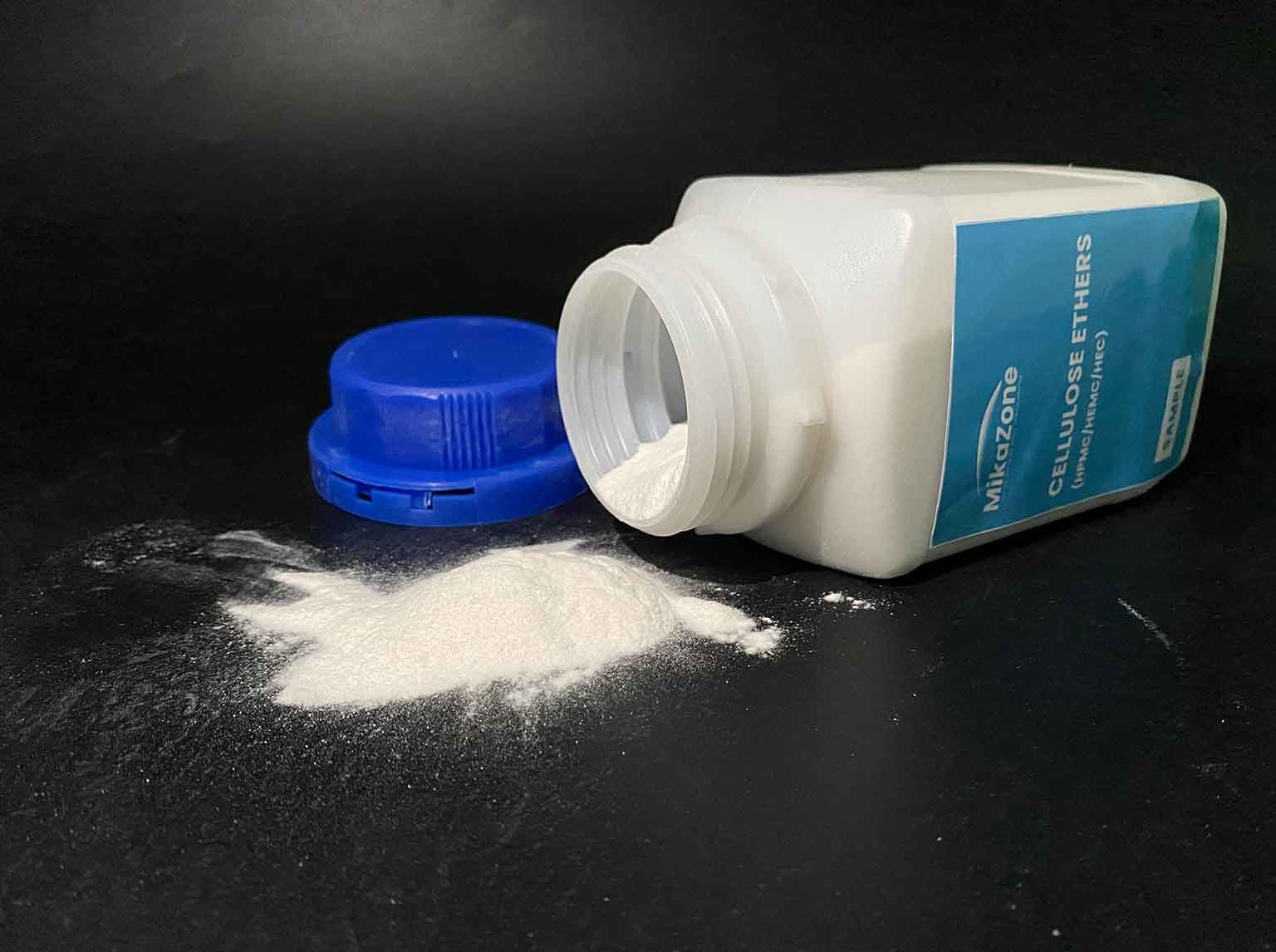The Function of Hydroxypropyl Methyl Cellulose (HPMC) in Tile Adhesive
Cement-based tile adhesives are the most prominent application of special dry-mixed mortar, an aggregate with cement as the primary cementing material, and graded sand as auxiliary material. The builders mix organic or inorganic additives such as water-retaining agents, early strength agents, and latex powder into cement-based tile adhesives. Often, they just need to be combined with water to form cement-based tile adhesive mortar. Compared with ordinary cement mortar, cement-based tile adhesive mortar can significantly improve the bonding strength between facing material and base material. They have the advantages of good slip resistance, excellent water resistance, heat resistance, freeze-thaw-cycle resistance, and the like. The builders use cement-based tile adhesives for pasting decorative materials such as tiles and floor tiles onto buildings’ inner and outer walls. These comprise decorative areas for both internal and external walls, floors, bathrooms, kitchens, and other facilities. It is currently the most used tile bonding material.

Since the cement-based tile adhesives must have a high bonding strength between the base layer and the tiles, the adhesives are affected by water absorption from two aspects: the base layer’s surface (wall) and the tiles. Especially for tiles, their quality varies greatly. Some tiles have large pores, and the tiles’ high water-absorption rate damages their bonding performance. In this case, the water retention agent is vital, and the addition of cellulose ethers meets this requirement. For example, the builders add 3kg of cellulose ether to 10 kg of cement.
 The 1.0%~1.5% MikaZone™ HPMC solution can significantly improve cement-based tile adhesives for construction performance, allow longer drying time, have more potent adhesive force, and prevent tiles from falling off during construction. The builders mix cellulose ethers with cement, graded sand, and other ingredients to improve the bonding performance of the cement-based tile adhesive mortar, significantly increasing the initial bonding forces, which ensures that the pasted tiles will not slide downwards, and the bonding between tiles and cement-based tile adhesives on the substrates of walls or bricks is firm.
The 1.0%~1.5% MikaZone™ HPMC solution can significantly improve cement-based tile adhesives for construction performance, allow longer drying time, have more potent adhesive force, and prevent tiles from falling off during construction. The builders mix cellulose ethers with cement, graded sand, and other ingredients to improve the bonding performance of the cement-based tile adhesive mortar, significantly increasing the initial bonding forces, which ensures that the pasted tiles will not slide downwards, and the bonding between tiles and cement-based tile adhesives on the substrates of walls or bricks is firm.
Please be noted that the dosage of HPMC should not be too much. If the dosage of HPMC is too high, then the functional materials will stick to the construction tools, which will cause inconveniences in construction, while mortar and caulking materials will produce undesired depression
The builders use MikaZone™ Hydroxypropyl Methyl Cellulose (HPMC) for cement-based tile adhesives which have high water retention, making it unnecessary to soak wet the tiles and substrates in advance during construction, and significantly improves its bonding strength. The cement-based tile adhesive mortar using our HPMC is fine and uniform, with a long construction period, convenient construction, and good slip resistance. For more information or a sample, please do not hesitate to CONTACT US.




